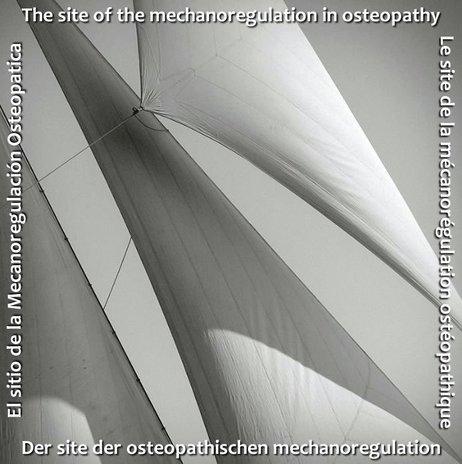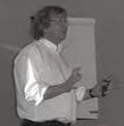European School of Osteopathy - Maidstone 1984

-Thomas S. Kuhn -
During the second half of the 20th century the genetic and biochemical paradigms widely influenced the biosciences. Nevertheless, during the last decades, a new tendency appears within the research which tried to understand the dynamic of the physiological mechanisms in the body. This mechano-biological evolution speeds up the last years. Various new concepts like Donald E. Ingber´s Tensegrity theory and the Constructal optimisation law from Adrian Bejan emerged with brand new notions as mechano-regulation, mechanotransduction playing a dominating role.
After the “Genomics” here comes the “Mechanomics” paradigm!
I think that the emerging knowledge with the concept of mechano-biological regulation and its continuity on the different hierarchical macro-micro-(nano?)- levels could be fundamental for a better understanding of the profound and global impact of an authentic osteopathic approach.
In this context I use the neologism: “Osteopathic mechanoregulation “.
A.T. Still’s assertions “structure governs function” and “the supremacy of fluids” find in this evolution a scientific concretization. Homeostasis and wellbeing are “ALSO” dependent on the tension quality, the stability and dynamics of the multiple structures, tissues, and fluids. Inherent reciprocal tension forces allow and maintain a natural, global, hierarchical “pre-stressed” state of balance in and between the multiscale connected networks. It seems then logical in this architectural recursion that the quality of the upstream processes will reflect, downstream, on the tensegrity conditions, the cellular mechanosensation and the appropriate mechanotransduction.
This mechanobiological trend supposes to reconsider profoundly the essential influences upon the control of the biological functions, the etiology of functional disorders and the adequation of many treatments.
With the mechano-biological paradigm it will soon appear that the dynamic of every fluid and of each anatomical structure is physiologically systemic, complementary, and synergistic. While each anatomical structure can become an etiologic factor it also can function as a fundamental therapeutic medium for the initiation of an osteopathic mecanoregulation.
For osteopaths and their patients this is a daily empirical reality.
